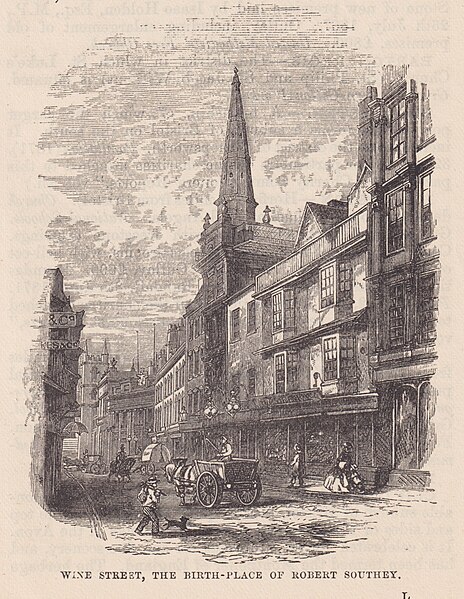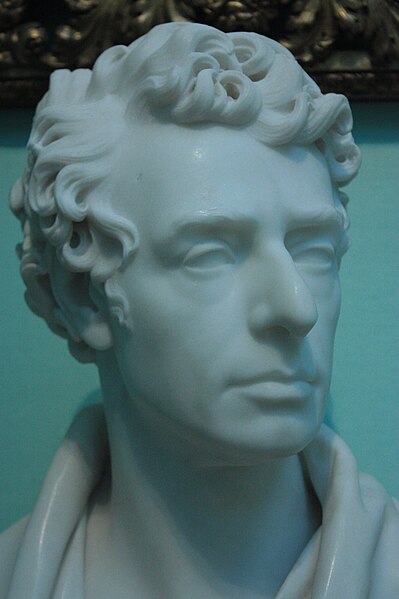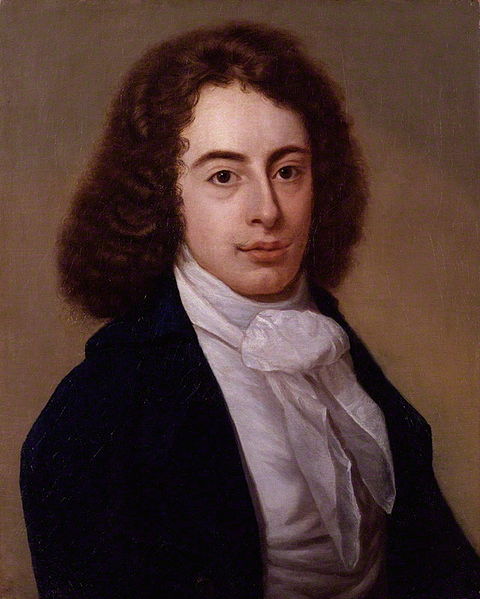Madoc is an 1805 epic poem composed by Robert Southey. It is based on the legend of Madoc, a supposed Welsh prince who fled internecine conflict and sailed to America in the 12th century. The origins of the poem can be traced to Southey's schoolboy days when he completed a prose version of Madoc's story. By the time Southey was in his twenties, he began to devote himself to working on the poem in hopes that he could sell it to raise money to fulfill his ambitions to start a new life in America, where he hoped to found Utopian commune or "Pantisocracy". Southey finally completed the poem as a whole in 1799, at the age of 25. However, he began to devote his efforts into extensively editing the work, and Madoc was not ready for publication until 1805. It was finally published in two volumes by the London publisher Longman with extensive footnotes.
Title page of the third edition, 1812
Robert Southey was an English poet of the Romantic school, and Poet Laureate from 1813 until his death. Like the other Lake Poets, William Wordsworth and Samuel Taylor Coleridge, Southey began as a radical but became steadily more conservative as he gained respect for Britain and its institutions. Other romantics such as Byron accused him of siding with the establishment for money and status. He is remembered especially for the poem "After Blenheim" and the original version of "Goldilocks and the Three Bears".
Robert Southey (1774–1843), Aged 31, John Opie
Wine Street, Bristol (1872)
Robert Southey, by Sir Francis Chantrey, 1832, National Portrait Gallery, London
Peter Vandyke, Portrait of Robert Southey, Aged 21, 1795





